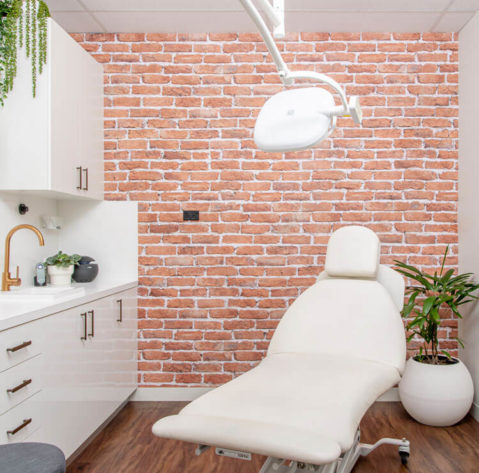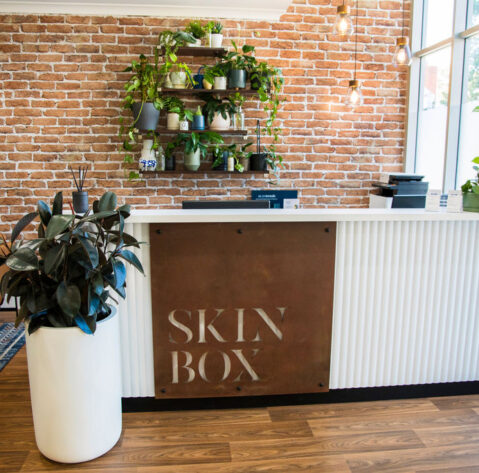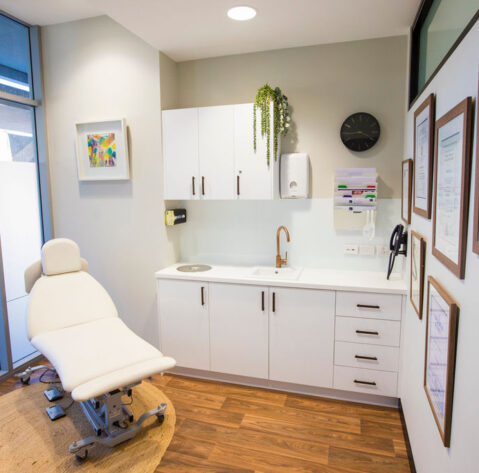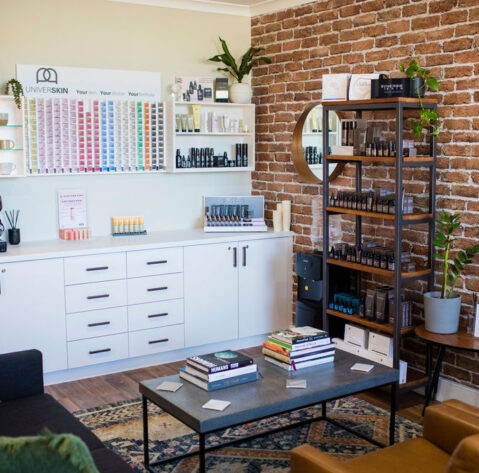We all know we need more antioxidants, right? Antioxidants are good for us. We are told we should be having more of them – in our diets and on our skin. Sounds great and we are all totally on board with that.
But do any of us actually know what the hell an antioxidant is? What is the point of them and what is all the drama about?
Antioxidants are substances that protect our body’s cells from the stress on them caused by the environment around us. They do this in a number of ways and in order to understand how it all works, cast your mind back to high school science…
The human body is made up of many different types of cells. Each cell is composed of many different types of molecules, and each molecules consists of one or more atoms of one or more elements joined by chemical bonds.
Still with me?
Each atom consists of a nucleus made up of neutrons and protons, with some electrons orbiting around the outside. The electrons are negatively-charged, and the number of them in orbit is determined by the number of positively-charged protons hanging out in the nucleus.
The electrons are involved in chemical reactions, which bond atoms together to form molecules. The electrons are orbiting the atom in layers called “shells” and it is the number of electrons in the outermost shell that determines the chemical behaviour of the atom. Atoms behave a bit like they are on the dating scene.
An atom that has a full outer shell is stable and tends not to enter into chemical reactions. The other atoms out there are looking to stabilise themselves by completing their outer shells. They can do this by:
- Gaining or losing electrons to either fill or empty the outer shell, swap-meet style.
- Hooking up – sharing electrons by bonding together with other atoms in order to complete their outer shell, making themselves stable.
Now sometimes, these bonds between atoms can split, particularly if the bonds are weak or have been damaged in some way, which can create a “free radical” – an atom with an odd, unpaired electron. Free radicals are very unstable and are quick to react with other compounds, trying to capture an extra electron to gain stability.
Imagine a slightly drunk ex on the rebound at a party. Generally, a free radical will attack the nearest stable molecule, “stealing” an electron to stabilise itself and leaving its victim short of an electron. This “attacked” molecule has now becomes a free radical itself and will in turn try and stay an electron as well, beginning a chain reaction like dominoes.
The chief danger of free radicals comes from the damage they can do when they react with important cellular components such as DNA, or the cell membrane. Cells may function poorly or die if this occurs.
Some molecules within the body are particularly susceptible to free radical attacks, including fats, DNA, RNA, cell membranes, proteins, vitamins and carbohydrates. Of particular importance is that free radical damage accumulates with age.
How do free radicals form?
Some free radicals arise normally during metabolism. The cells of our immune system can purposefully create them to neutralise viruses and bacteria. However, they can also form from the result of exposure to heat, light or environmental factors such as pollution, radiation, cigarette smoke and herbicides. Oxygen within our bodies is very susceptible to free radical formation. Oxygen free radicals have been implicated in the overall ageing process of the skin, playing a part in photo-ageing as well as skin cancer and skin inflammation.
This is where “antioxidants” come in…
Normally, the body can handle a certain level of free radicals, using substances known as “antioxidants”. Antioxidants neutralise free radicals by donating one of their own electrons, ending the electron-stealing reaction. Despite donating an electron, the antioxidant doesn’t become a free radical itself as it has a unique ability to be stable in either form.

Antioxidants act as scavengers, helping to prevent cell and tissue damage, but if antioxidants are unavailable, or if the free-radical production becomes excessive, damage can occur. As a species, our environment is changing quicker than our bodies can adapt, creating an imbalance between the formation and the neutralisation of free radicals.
The aim of using antioxidants in cosmeceutical products is to deliver them directly to the skin, soaking up free radicals to prevent cell damage. A good antioxidant is able to:
- inhibit environmental stress by scavenging free radicals
- reduce DNA damage
- have an anti-inflammatory effect and reduce skin redness
- promote new collagen growth
The bees-knees, gold standard of antioxidants for skin is vitamin C, at concentrations of >5%.
This can be irritant to the skin when first using it, particularly if the barrier function is impaired and the skin is “sensitive”, and application can cause stinging and redness. When first using vitamin C, it is helpful to start with a lower concentration and build up to a higher strength preparation once the skin gets used to it. Vitamin C is included in many anti-oxidant serums and is also available as powder that can be mixed just prior to application.
Other compounds that are useful cosmeceutical antioxidants are:
- Vitamin E (tocopherol) – naturally found in vegetable oils, nuts, fish and leafy green vegetables.
- Vitamin B3 (niacinamide) – foods with the highest levels include fish, poultry, pork, liver, peanuts, beef, mushrooms, green peas, sunflower seeds, and avocados.
- Ferulic acid – an antioxidant found in the cell walls of plants such as rice and oats and the seeds of apples and oranges.
- Flavonoids and Carotenoids – a diverse group of phytonutrients (plant chemicals) responsible for the vivid colours in fruits and vegetables.
- Phloretin – a type of natural phenol that can be found in apple tree leaves and the Manchurian apricot.
So now you know, by ensuring your skincare includes antioxidants you are helping to protect it from ongoing environmental damage, slowing down the ageing process.
Most of us begin to stick to a regular skincare regime in our 20s, and this is the perfect time to introduce these little hardworking scavengers.
– Dr Sarah Boxley




